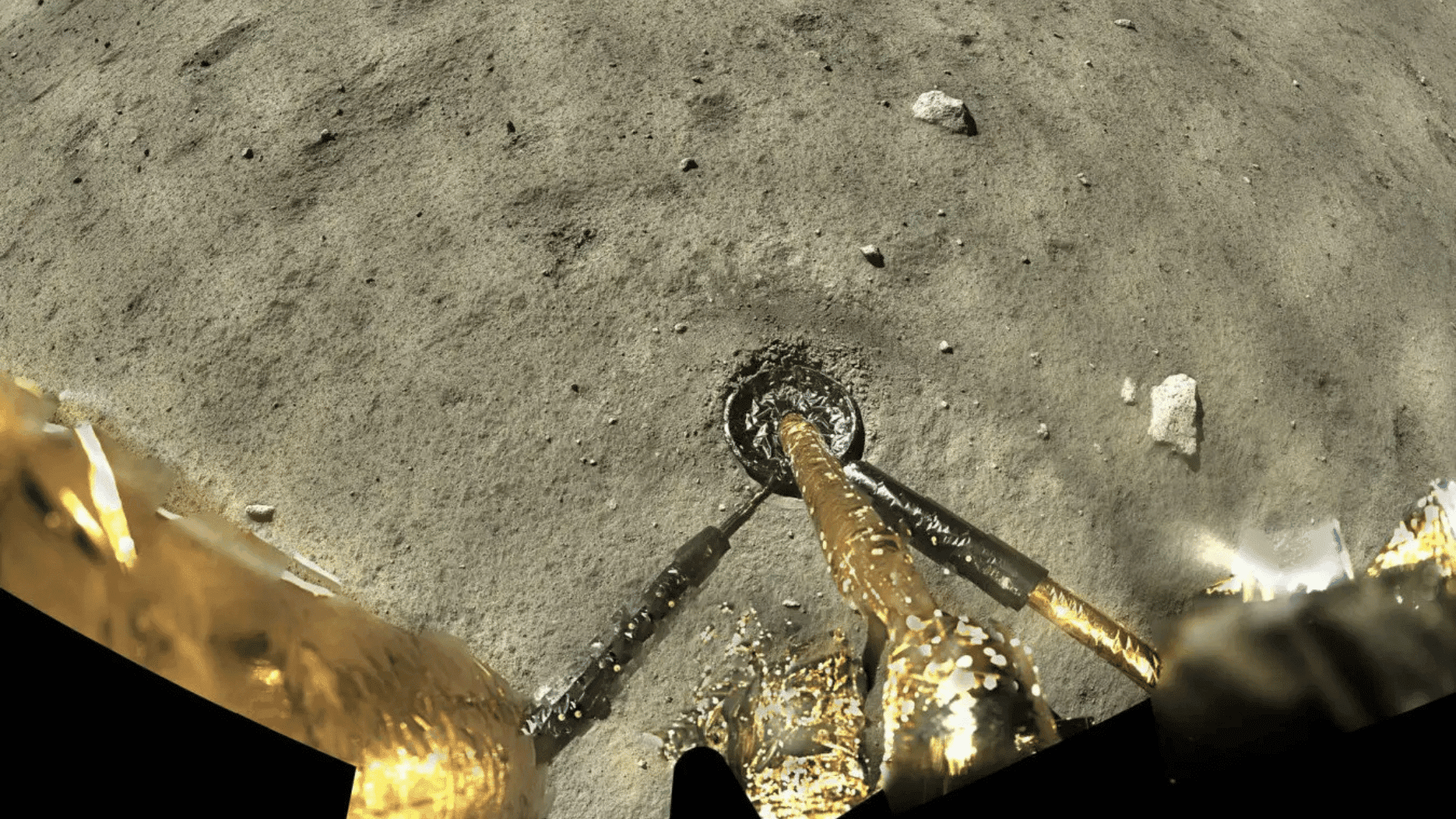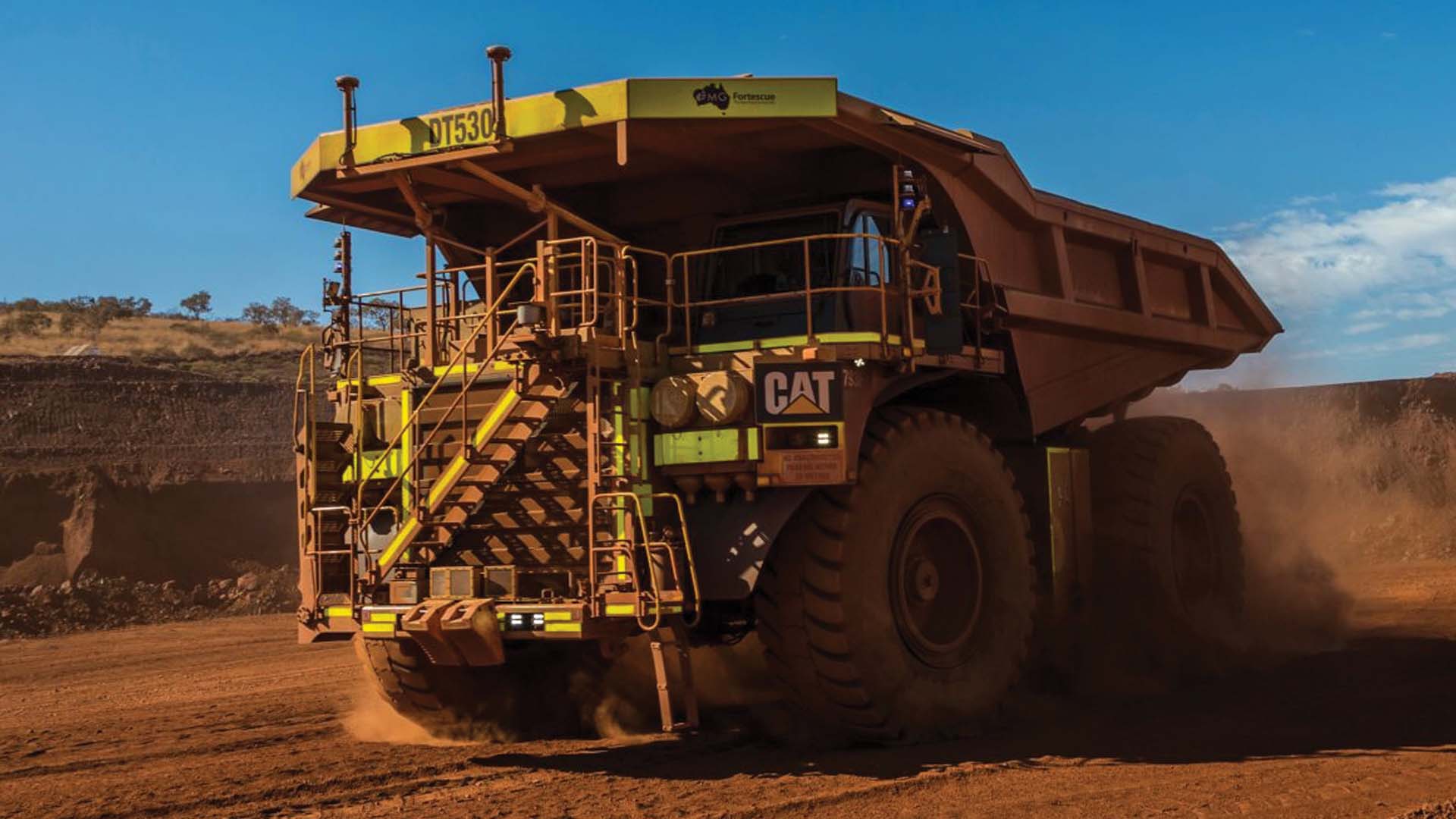A new solar-powered device could use lunar soil to produce oxygen, water, and fuel for future colonies on the Moon.
Solar Power Meets Lunar Soil

Though scientists have long known that minerals on the Moon consist of water, past proposals to harvest lunar soil or regolith involve energy-intensive methods that aren’t sustainable long-term. Lu Wang at the Chinese University of Hong Kong and his colleagues have recently discovered that a simple, solar-powered reactor can produce useful resources by exposing regolith to sunlight and CO2 exhaled by astronauts.
Researchers conducted experiments using lunar samples from the Chang’e 5 mission and simulated samples made from terrestrial rocks. In a reactor, light and heat from the sun extract water from the lunar soil.
Then, the soil acts as a catalyst for a reaction between CO2 and water, which produces carbon monoxide, hydrogen, and oxygen. These gases can be used for fuel, while some water is left over for other uses.
“The extreme environment of the Moon poses unique challenges, including drastic temperature fluctuations, ultra-high vacuum, intense solar radiation and low gravity,” Wang stated to New Scientist.
“In addition, the heterogeneity of lunar soil and the scarcity of CO₂ resources also represent significant hindrances to technical implementation,” Wang stated.
According to Wang, a lunar soil mineral called ilmenite is one of the key catalysts for the reaction. Wang also stated that scaling the process to provide fuel for a whole colony could prove to be difficult.
“We never fully imagined the ‘magic’ that the lunar soil possessed,” Wang said in a press release. “The biggest surprise for us was the tangible success of this integrated approach. The one-step integration of lunar H2O extraction and photothermal CO2 catalysis could enhance energy utilization efficiency and decrease the cost and complexity of infrastructure development.”







